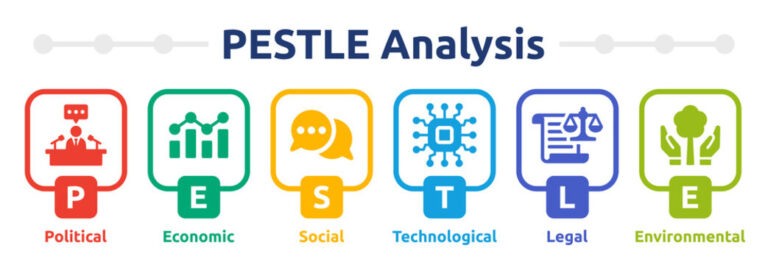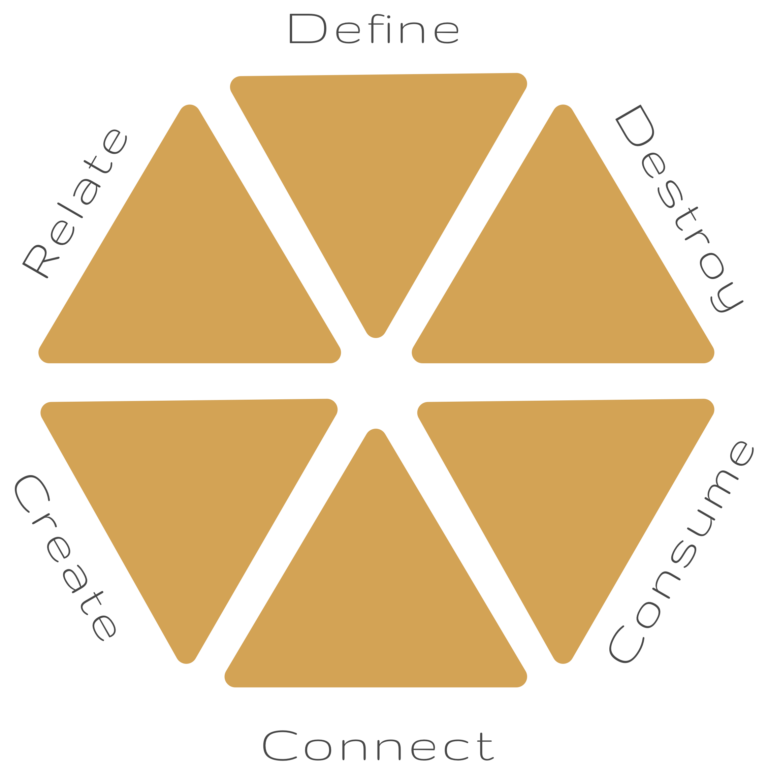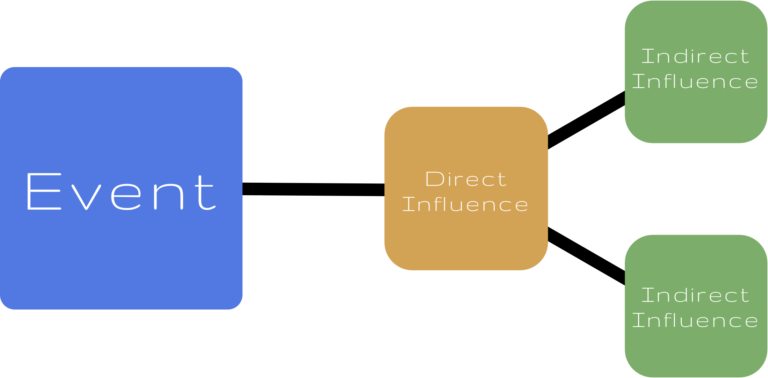Table of Contents
In 2023, it’s very important for businesses to have a plan and strategy for navigating the future conditions of their industries. One reason is because the rate of innovation and disruption is faster than ever, which creates a volatile marketplace for everyone.
A strategy built around the replication of traditional business models can no longer endure for the next three years; instead, it’s smarter for businesses to remain agile in order to navigate uncertainty and prepare for the future decisions an organization will have to make. This is where the role of a Futurist can help organizations make those decisions.
In this article, we’ll discuss what a Futurist is, explore some of the tools and frameworks they use, and hopefully, by the end, you will understand why they are needed more than ever.
What is a Futurist?
It’s very common to read history books and biographies by a historian, and it’s very common to read an opinion piece or investigative report by a journalist, but how often do people read the formal intuitions written by a futurist? Let’s contextualize each of these three roles: Historians write about the past, journalists write about the present, and futurists write about the future.
But where do futurists get their ideas? Do they just make stuff up and guess what will happen next? Far from it. Futurists use a research method called Strategic Foresight to understand the implications of historical events. Put another way, they research the past and present, use specific frameworks to imagine possible future outcomes, and map out how these outcomes could become a reality.

Futurists also deal with uncertainty. The unknown future is exciting and daunting, so to remain grounded in their ideas, they perform research and challenge assumptions by examining multiple facets of a problem or event in order to understand how multiple variables could influence how the world evolves.
The intuitive work futurists do is connect the dots between disparate events. It is their job to recognize developments in the world that seem completely unrelated but lead to the creation of signals, both big and small, that eventually become the defining trends and emerging issues of that moment in history. At first, most signals are not that obvious, but eventually they grow and disrupt the world as we know it.
What is Futures Thinking?
Raise your hand if you are creative and like to brainstorm. Me too.
In a formal setting, the process of considering as many ideas as possible while brainstorming is called Divergent Thinking. The more you read, the more aware your mind will become of what’s possible. And if you are open to documenting every idea that comes to mind, especially the really wacky ones, you will create the opportunity to challenge your own biases and assumptions about the world. The more divergent thinking is practiced, the easier it becomes to consider a wider range of possibilities and ideas.
Futurists use divergent thinking to consider a wide range of possible futures. And we do this while also acknowledging the uncertainty of what could happen. Futurists do not make predictions; 99% of predictions made never happen. Instead, futurists use specific research methods and tools to anticipate and strategize for possible future outcomes. This is known as Futures Thinking. The more academic term for this method is Strategic Foresight, a structured and systematic way of using ideas about the future to anticipate and better prepare for change. To learn more about Strategic Foresight, I recommend that you check out the OCED and read all of their publications.

The fundamental elements measured by Futurists are scenarios and time. A scenario is a story, problem, or event. The time in which a scenario occurs can be in the past, present, or future. A well-defined scenario is the starting point from which the practice of strategic foresight begins, and it takes a lot of hard work to make sense of the data and intuit what the implications could be in order to understand how a particular future could emerge. Making these connections between the past, present, and future is the work of a Futurist.
What research tools do Futurists use?
As futurists, it is crucial to be open to as many ideas as possible. Whenever someone says that an event “will” happen, I automatically know they are not practicing strategic foresight. That kind of expressed certainty in outcomes is a very undisciplined approach to talking about the future, and it’s more practical to state what could happen instead. Stating what will happen is also an authoritative way of speaking about the future, and maintaining freedom of thought requires us to give our audience and peers multiple options to consider, not just one. Hence, this is why the discipline is called Futures Thinking.
Futurists demonstrate their work through preparation. Strategic Foresight considers many different potential futures, and businesses survive by being prepared for the possible future decisions they will have to make. Ideating possible futures is a numbers game. There is a lot of information to consider, so to perform this work efficiently, we use upwards of 12–18 different frameworks and tools to practice strategic foresight.
There are three phases of strategic foresight, and the application of specific methods and tools depends on which phase is being practiced. The three phases are Exploration, Creating Alternative Futures, and Understanding Implications. In this article, let’s discuss the research tools used in the Exploration Phase.
Exploration Tools
Drivers Map
During the Exploration Phase, we focus on gathering and organizing information. Futurists do this by surveying political, economic, technological, legal, and societal trends. This work is commonly known as an environment scan. Making use of a wide scope of analysis helps paint a picture of all the market drivers that have created the present state of the world we are experiencing in the present moment. The tool used for this process is known as a Drivers Map.

One version of the Drivers Map is called a STEEP analysis. Another version is called a PESTLE analysis. Both consider a wide range of global trends that create the context in which scenarios are understood. This is also the stage when signals, trends, and emerging issues are documented. The Drivers Map might be the most important tool because it is the first framework used to practice strategic foresight.
Verge Tool
Next, we have the Verge Tool, which serves as an alternative to the Drivers Map. This is an ethnographic tool that explores the qualitative and human conditions that define the world in which the present scenario exists. Rather than examining market trends, the Verge Tool considers cultural trends like what forms of technology are being used, social structures, communication methods, the consumption of products, goods, and services, global paradigms, the language used to define the world around us, and how value is created and destroyed.

The other consideration to make is the time horizon of a scenario. When the Verge Tool is used, it is customary to state how many years into the future a particular scenario occurs. Is the scenario or event 5 years into the future, 10 years away, 20 years away, or 30 years away? When I began studying strategic foresight, it was a big adjustment for me to think this way, and in some cases, it can be quite overwhelming, especially if your imagination is strong. This is why performing research is important: exploring plausible outcomes keeps us grounded and prevents fear-based reactions to the uncertainty of what may happen in the future.
Futures Wheel
Another tool used in the Exploration Phase is the Futures Wheel. Once the Drivers Map or Verge Tool exercise has been completed, the gathered information can be applied to the Futures Wheel. This is one of the most fun tools to use in a collaborative setting because it facilitates groupthink and brainstorming.
The Futures Wheel considers the first-level and second-level impacts of a scenario or change. For example, let’s say a change could be when a person chooses to start a healthier diet. What are the first-level impacts of this choice? Some might conclude that the first-level impacts are weight loss, lower sodium intake, improved sleep, increased metabolism, clearer skin, and more energy.

Now, let’s consider second-level impacts. This is where we consider the possible outcomes of first-level impacts. Ascertaining second-level impacts is when the real work begins because they require a bit more effort to interpret. So for instance, a second-level impact of weight loss could be better breathing or the ability to wear smaller-sized clothing. A second-level impact of improved sleep could be the ability to process information faster or benefitting from an improved immune system.
This process continues when exploring third-level and fourth-level impacts, so think about how effective this work can be in a business or public policy setting. The Futures Wheel can help organizations understand the impact of their decisions and prepare for possible scenarios before they happen. Conversely, other frameworks used in later phases of strategic foresight examine scenarios with time horizons of 10–60 years into the future and work backwards in a similar manner like the Futures Wheel to reveal how scenarios develop over time.
SWOT Analysis
The last Exploration Tool we’ll discuss is the SWOT Analysis tool. The SWOT acronym stands for Strengths, Weaknesses, Opportunities, and Threats. In the context of business, a SWOT analysis is used to determine the viability of a product or value proposition in the market. Futures Thinking uses the SWOT Analysis tool only after completing a Drivers Mapping exercise. Information gathered from a STEEP or PESTLE analysis helps broaden the scope of ideas considered for each category of the SWOT Analysis.

This is another collaborative tool that produces the best results when working in teams. A SWOT analysis can be used to test the company’s vision or product idea. This is done by examining internal and external factors. These factors inform the strategy implemented to achieve a specific goal once a consensus has been reached by the group.
Futurists and Moonshot Ideas
So, why are these tools important? As mentioned in the introduction of this article, the market conditions for businesses and brands have changed in drastic ways during 2023 through the increase in uncertainty and the rate of innovation and disruption. To navigate the Future, it’s crucial for business leaders to strategize and prepare for the future decisions that will need to be made as the world continues to evolve. These are the initial frameworks and tools used to begin that process.
2023 is unique based on the opportunity presented by the emerging Age of Artificial Intelligence. Most companies today are focused on how to automate their systems and services through AI, but this is leading to an oversaturated market with several businesses competing in the same space. Increased competition is the driver of uncertainty. As a result, businesses do not know if they will be able to survive the next 3–5 years because the adoption of AI has created market dynamics that did not previously exist.
Rather than automating existing services, the opportunity lies in recognizing that leveraging AI to create new products and services is where the future can be found. To recognize their unique paths into the future, organizations need to pivot and commit to the pursuit of a moonshot idea. If you want to change the world, pursue a moonshot idea. If you want to evade the quicksand of competitive markets, pursue a moonshot idea.

As a futurist and innovator, I love thinking about moonshots. They are challenging and radical product solutions that have the potential to make an impact on large, global populations. Moonshots are also unconventional and difficult to understand, which initially makes them seem impossible to execute, but they are also the most rewarding and transformational product solutions to build. So my message to business leaders is this: Don’t compete in saturated markets. Pursue a moonshot idea! To do this, use Strategic Foresight as a method to think exponentially and create the future you want to see in the world.
Conclusion
Strategic Foresight helps organizations gain awareness of the potential futures that could emerge by acknowledging the signals, trends, and emerging issues in the market. Exploration Tools increase certainty and reduce uncertainty. Creating a vision for the future saves huge opportunity costs that otherwise would not be realized if a company fails to understand the implications of present-day scenarios and events.
I believe that the future is not certain; it is made, and this is why I think it’s important to remain proactive throughout the process of navigating the industry your business serves. If you or your team need help creating an exponential vision for the future, please visit my services page to book a session with me. I can help you learn how to think exponentially and create the future you want to see in the world.